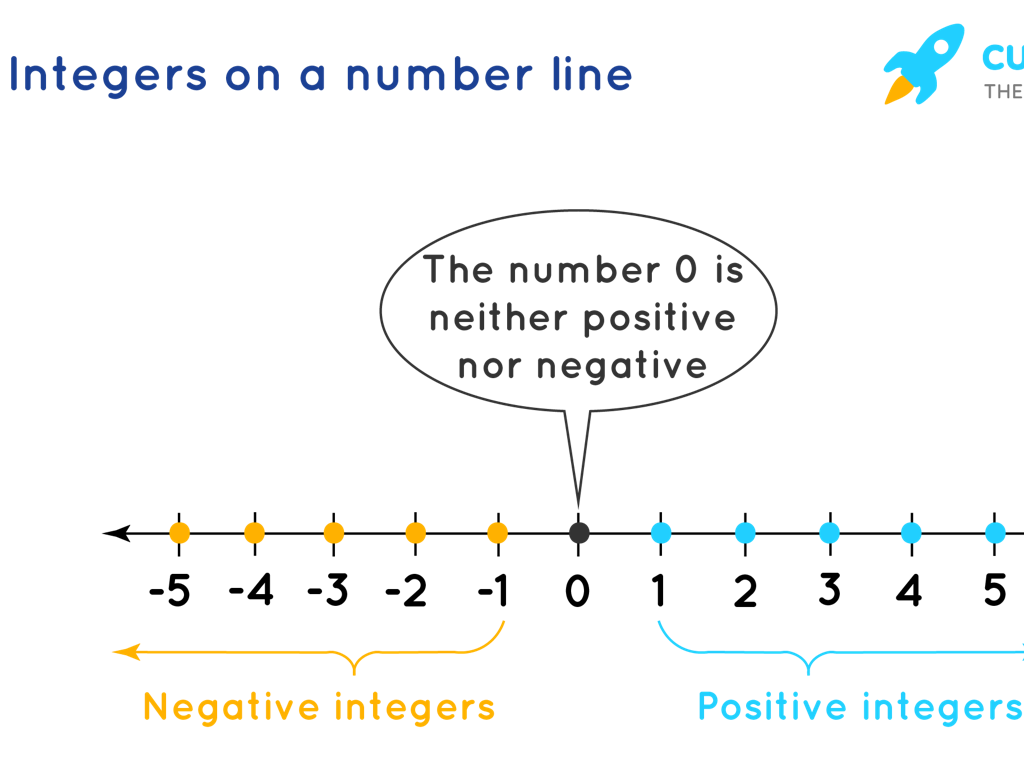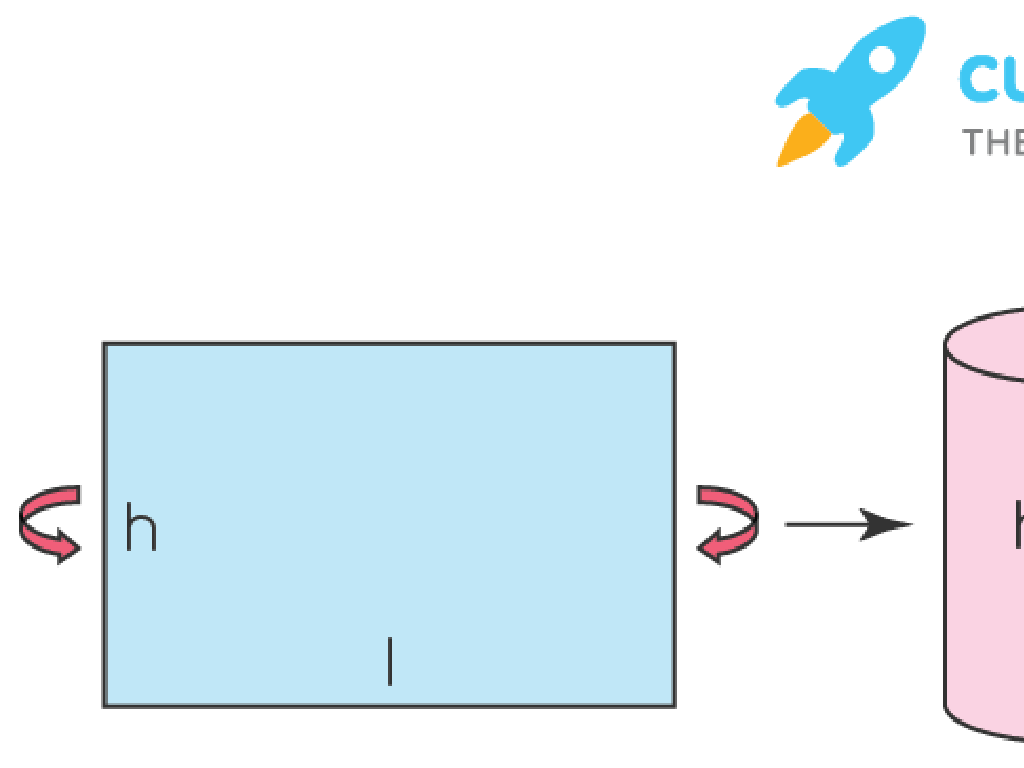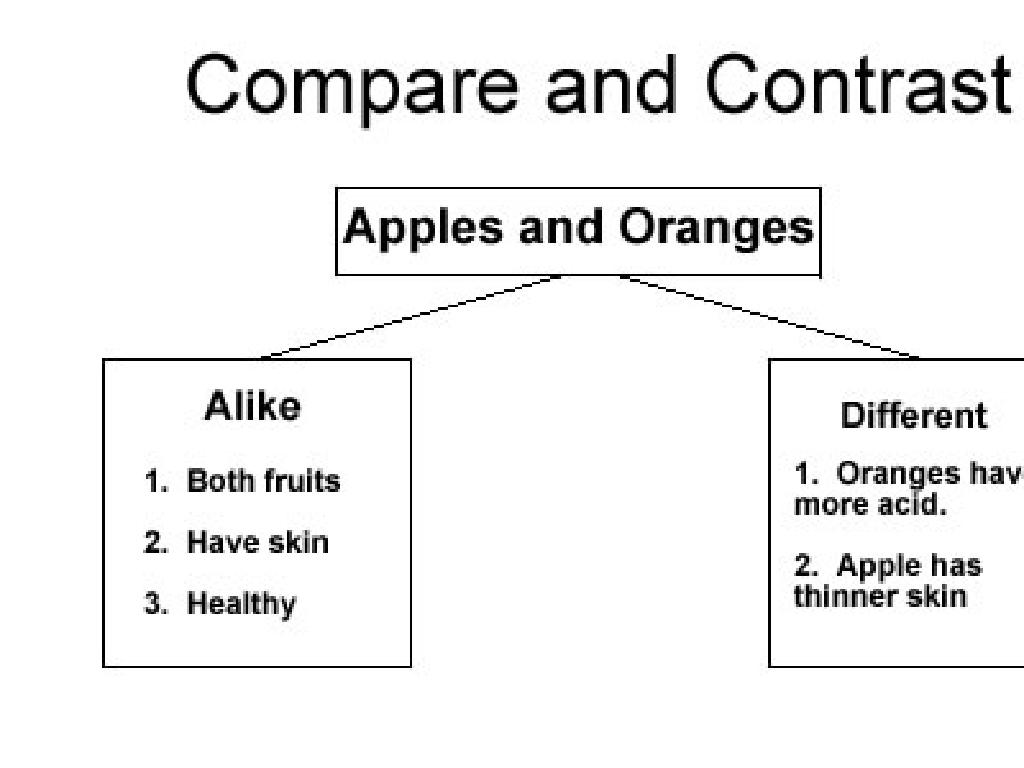Hematologic System Physiology And Disease
Subject: Science
Grade: High school
Topic: Health & Medicine
Please LOG IN to download the presentation. Access is available to registered users only.
View More Content
Introduction to Hematology
– Explore the hematologic system
– The study of blood, blood-forming organs, and blood diseases.
– Blood’s role in the body
– Blood transports oxygen, nutrients, and removes waste.
– Overview of blood components
– RBCs carry oxygen, WBCs fight infection, platelets clot blood, plasma is the liquid.
– Significance of each component
– RBCs are crucial for oxygen transport, WBCs for immune defense, platelets for healing, and plasma for carrying substances.
|
This slide introduces students to the field of hematology, which is the study of blood and its disorders. It’s important to convey the critical functions of blood in the body, such as transportation of oxygen and nutrients, removal of waste, and immune system support. Each component of blood has a unique and vital role: Red Blood Cells (RBCs) carry oxygen to tissues, White Blood Cells (WBCs) are key to fighting infections, Platelets help in blood clotting to prevent bleeding, and Plasma, the liquid portion, carries hormones, proteins, and waste products. Understanding these components lays the foundation for learning about diseases that affect the hematologic system.
Blood Cells and Their Functions
– Red Blood Cells: Carry oxygen
– RBCs contain hemoglobin, binding oxygen in lungs and releasing it in tissues.
– White Blood Cells: Fight infections
– WBCs are the body’s defense against infections, attacking and destroying invaders.
– Platelets: Clot blood
– Platelets gather at a wound site to form clots, preventing excessive bleeding.
– Plasma: Transports cells and nutrients
– Plasma, the yellowish liquid, provides a medium for cells to move and carry nutrients, hormones, and waste.
|
This slide provides an overview of the four main components of blood and their primary functions. Red Blood Cells (RBCs) are crucial for transporting oxygen from the lungs to the body’s tissues and returning carbon dioxide back to the lungs. White Blood Cells (WBCs) are the soldiers of the immune system, protecting the body from infections and foreign invaders. Platelets play a key role in hemostasis, initiating the clotting process to prevent blood loss from damaged vessels. Plasma, making up about 55% of blood’s volume, is essential for carrying the blood cells, nutrients, hormones, and waste products throughout the body. Understanding these components is fundamental in studying the hematologic system and its related pathologies. Encourage students to think about how these components work together to maintain health and how their dysfunction can lead to disease.
Hematopoiesis: Blood Cell Formation
– Defining Hematopoiesis
– The process by which blood cells are formed in the body.
– Bone marrow’s role in hematopoiesis
– Primary site where new red and white blood cells are produced.
– Stages of blood cell development
– From stem cells to mature blood cells: multipotent stem cells, committed progenitors, and differentiated cells.
– Significance in health and disease
– Understanding hematopoiesis is crucial for diagnosing and treating blood disorders.
|
Hematopoiesis is the complex process of blood cell production, occurring primarily in the bone marrow. It’s essential for maintaining the body’s supply of red and white blood cells and platelets. This slide will cover the definition of hematopoiesis, the critical role of bone marrow as the production site for blood cells, and the stages that stem cells undergo from being undifferentiated to becoming specialized cells. Understanding these stages is vital for recognizing and managing hematologic diseases. Discuss the significance of each stage and how disruptions can lead to conditions like anemia or leukemia. Encourage students to think about how lifestyle, nutrition, and disease can impact this process.
Common Hematologic Diseases Overview
– Anemia: Impact on oxygen transport
– Caused by low RBC count or hemoglobin, leading to fatigue and weakness
– Leukemia: Cancer of blood-forming tissues
– Acute or chronic, with treatments ranging from chemotherapy to stem cell transplant
– Hemophilia: Bleeding and clotting challenges
– A genetic mutation affecting clotting factor, resulting in prolonged bleeding
– Sickle Cell Disease: Inherited blood disorder
– Abnormal hemoglobin shapes RBCs into sickles, causing pain and organ damage
|
This slide provides a brief overview of common hematologic diseases, focusing on their impact on the body and general treatment approaches. Anemia affects the blood’s oxygen-carrying capacity, leading to systemic symptoms like fatigue. Leukemia, a type of cancer, disrupts normal blood cell production and requires aggressive treatment. Hemophilia is a genetic disorder that impairs the blood’s ability to clot, necessitating careful management to prevent excessive bleeding. Sickle Cell Disease is a genetic condition that alters the shape of red blood cells, causing a host of complications. Students should understand the basic pathophysiology of these conditions and how they can affect overall health. Encourage them to research further into the genetic and molecular basis of these diseases and current treatment strategies.
Diagnosing Hematologic Diseases
– Blood tests: windows to health
– Reveal blood cell counts, markers of disease
– Bone marrow biopsy: a closer look
– Examines bone marrow health, detects disorders
– Imaging in hematology
– Ultrasounds, CT scans show organ involvement
– Interpreting test results
|
This slide aims to educate high school students on the diagnostic tools used in hematology. Blood tests can provide a wealth of information, including complete blood counts and the presence of specific disease markers. A bone marrow biopsy is an invasive procedure that allows for the examination of the marrow, which can reveal conditions like leukemia or anemia. Imaging tests, such as ultrasounds and CT scans, help visualize the extent of organ involvement in blood diseases. It’s crucial for students to understand how these tests contribute to a comprehensive diagnosis, guiding treatment decisions for hematologic diseases.
Treatment and Management of Blood Disorders
– Blood transfusions explained
– A procedure to replace lost components of the blood, crucial in many treatments.
– Medications for blood disorders
– Various drugs can target specific disorders, like anticoagulants for clotting issues.
– Bone marrow transplants
– Replacing diseased marrow with healthy cells to restore function.
– Gene therapy in hematologic diseases
– A cutting-edge approach to correct genetic defects causing blood diseases.
|
This slide aims to provide an overview of the main treatments and management strategies for blood disorders. Blood transfusions are a common and critical treatment, especially in cases of severe blood loss or anemia. Medications can range from anticoagulants to prevent blood clots to immunosuppressants for autoimmune blood disorders. Bone marrow transplants can be life-saving for patients with conditions like leukemia, where the bone marrow fails to produce healthy blood cells. Lastly, gene therapy represents the forefront of medical science, offering potential cures by fixing the underlying genetic causes of some blood diseases. Encourage students to think about the implications of these treatments and how they’ve revolutionized the prognosis for many blood-related conditions.
Living with a Blood Disorder
– Lifestyle adjustments for disease
– Diet, exercise, and medication adherence can manage symptoms.
– Importance of support systems
– Family, friends, and support groups provide emotional stability.
– Counseling for coping
– Professional guidance helps in dealing with the psychological impact.
– Progress in treatment options
– New therapies and technologies improve patient prognosis.
|
This slide aims to address the challenges faced by individuals living with blood disorders and the various strategies to manage them. Emphasize the role of lifestyle changes, such as a balanced diet and regular exercise, and the importance of adhering to prescribed medication regimens. Highlight the value of having a strong support system, including family, friends, and support groups, which can offer emotional support and practical advice. Discuss the availability of counseling services to help patients cope with the psychological aspects of their condition. Lastly, touch upon the latest advancements in medical treatments and technologies that are improving the outlook for patients with blood disorders, offering hope and improved quality of life. Encourage students to think critically about how these factors interplay to aid in managing chronic health conditions.
Class Activity: Blood Typing Game
– Engage in blood typing game
– Diagnose simulated blood types
– Use tools to determine A, B, AB, or O blood groups
– Discuss transfusion significance
– Why matching blood types is crucial for safe transfusions
– Explore blood types in disease
– How certain diseases are related to or affect blood types
|
This interactive class activity is designed to help students understand the concept of blood groups and their importance in medical procedures like transfusions. Provide each student or group with a simulated blood typing kit. They will use the tools provided to ‘diagnose’ the blood type of each sample. After the activity, lead a discussion on why it’s essential to match blood types for transfusions to prevent adverse reactions. Also, touch on how some diseases can be related to or have an impact on blood types. Possible activities include: 1) Blood type matching exercises, 2) Simulating emergency transfusion scenarios, 3) Researching blood type prevalence and disease correlation, 4) Creating awareness posters on the importance of blood donation.






